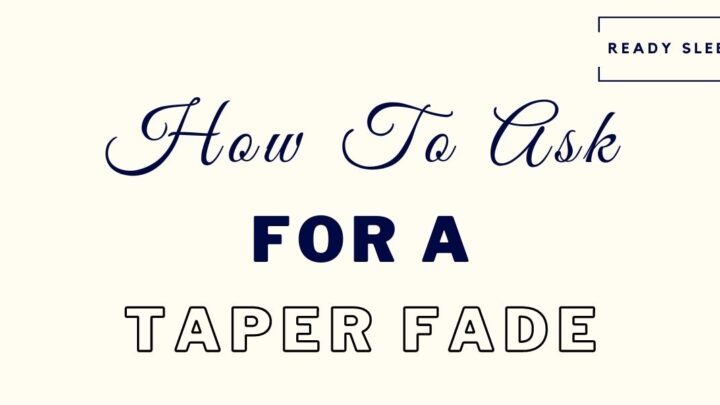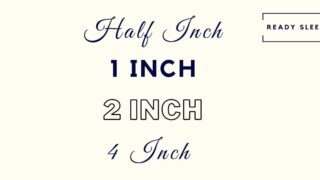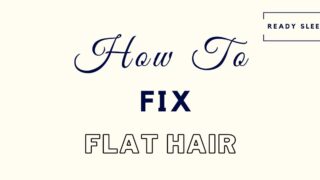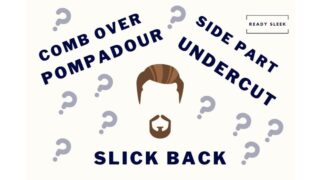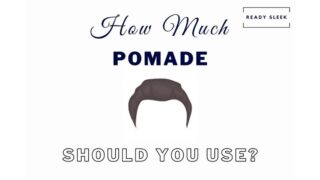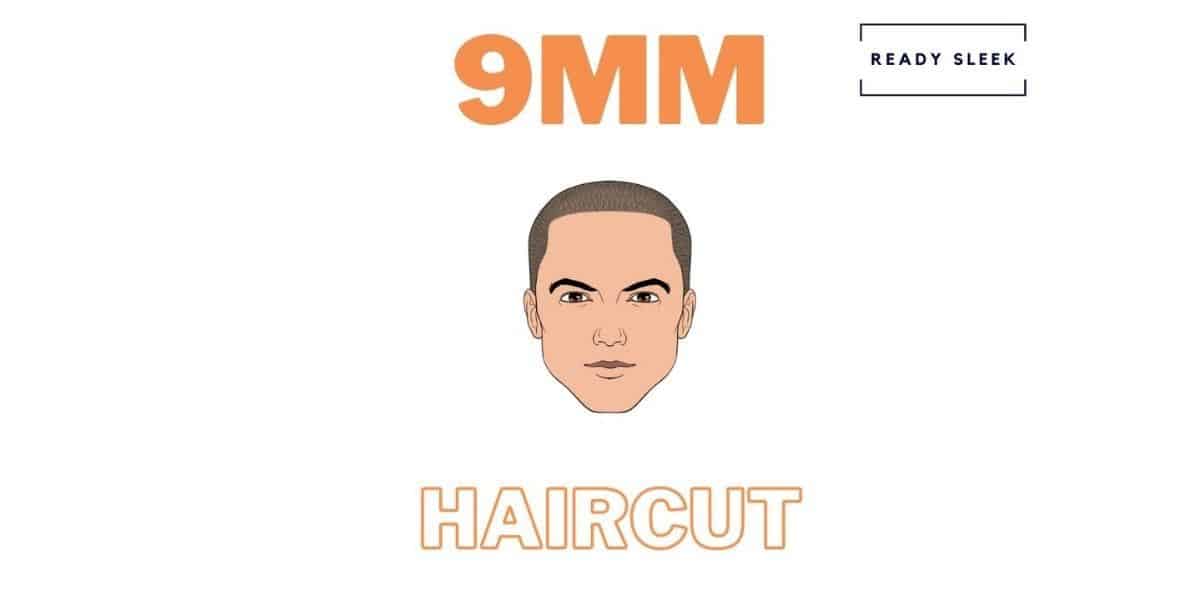This one is crucial. People ask for a certain type of fade while actually wanting a completely different type of fade all the time. So, how exactly do you ask for a taper fade haircut?
To ask for a taper fade, let the barber know that you don’t want it to be higher than the top of the sideburns or an inch above the neckline at the back. Also tell them how short you want the shortest length of the taper to be.
Although that’s the short version, as you’d expect – there’s more to it.
After digging deeper into what exactly a taper fade is, I’ll run through some essential taper/fade terminology.
I’ll then give you a stepwise approach to asking your barber for a taper fade in the most effective way possible.
Let’s get to it.
Know Exactly What A Taper Fade Is
A taper fade is the lowest type of fade you can get, as the shortest length usually only reaches as high up as the top of the sideburn.
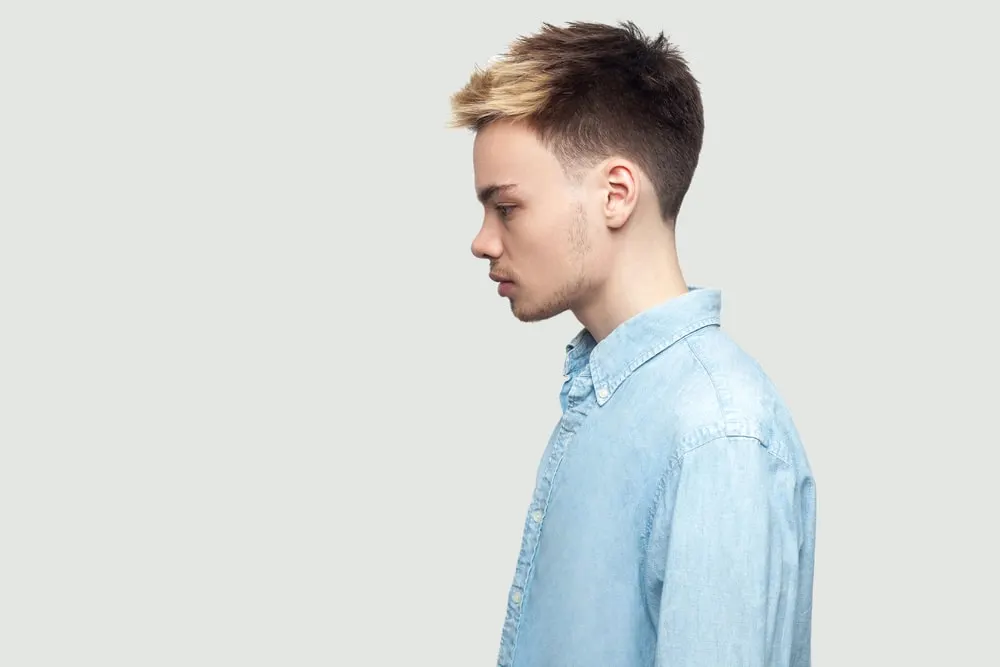
Image From Deposit Photos
At this point, the shortest length starts to gradually blend and transition into longer lengths further up, as any other type of fade would.
The shortest length of the fade could be anything – ranging from a skin fade, a zero fade, 1 fade, or 2 fade.
This shortest length will only reach as high as the top of the sideburns, before transitioning into longer lengths.
It’s lower down on the sides than a low fade would be, as low fades reach as high as around half an inch above the ear before it starts to increase in length.
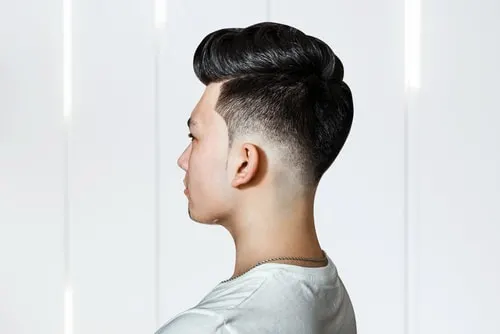
Image From Shutterstock
With tapers, the fade at the bottom of the back of the head is also just as subtle, only reaching around an inch above the neckline.
Unlike low fades, mid fades, and high fades, with tapers, the fade does not travel from the sides around the back of the head in a near-horizontal manner.

Image From Deposit Photos
Instead, the subtle fade at the bottom of the sides and the subtle fade at the bottom of the back appear separate from each other.
So, when you ask for a “taper fade”, you should expect the barber to give you a very low fade at the sides and back.
A common mistake people make is to confuse the term “taper” to mean any kind of fade. As a result, they’re disappointed when the barber gives them such a low fade when they wanted something higher up.
Not knowing what a taper fade actually is before you ask for one will waste your time, as well as the barber’s time.
Now that you know what a taper fade is, let’s go through some other words your barber may use when talking about fades.
Essential Taper Fade Terminology
Here are a few terms you need to know before asking for a taper. Not knowing what these terms mean could lead to confusion when requesting any type of fade haircut – tapers included.
- Fade – An effect where the hair at the sides and back gradually increases from the bottom to the top.
- Taper – A type of fade where the shortest length only reaches the top of the sideburn before starting to increase
- Skin Fade – Where the shortest length of the fade is shaved down to the skin. With skin fade tapers, the shaved area only reaches up to the top of the sideburn before starting to increase in length.
- Number (-) – This refers to a clipper grade “number”. Each number corresponds to a specific length. There’s more about that below.
When telling your barber what you want your taper to look like, you’ll need to tell them what length you want it.

Image From Deposit Photos
You need to specify what number you want the shortest length of the taper to be (below the top of the sideburn), as well as what number you want it to gradually transition into further up.
I will go through that in more detail in the next section, but now would be a good opportunity to quickly run through clipper grade numbers. They’ll definitely come in handy when explaining what length you want your taper haircut to be.
A common mistake people make is to confuse the clipper grade number for the exact length it will trim down to in millimeters or inches.
For example, a #2 (i.e number 2) clipper guard does not trim down to 2mm. It actually trims down to ¼ inch (6mm).
Here is a list of the most common clipper guard numbers and the lengths they correspond to for most mainstream clipper brands.
- #0 – 1/16 inch
- #1 – 1/8 inch
- #2 – 1/4 inch
- #3 – 3/8 inch
- #4 – 1/2 inch
- #5 – 5/8 inch
- #6 – 3/4 inch
- #7 – 7/8 inch
- #8 – 1 inch
When asking for a taper fade, it’s unlikely you’ll need to mention anything above a #4.
Going above a #4 anywhere on the sides and back generally isn’t a great idea. When you get longer than this, it’s usually a better idea to scissor-cut the sides instead of clipping them.
How To Ask For A Taper Fade [5 Steps]
The most awkward part of a haircut is generally sitting in that barber’s chair and not knowing what to say.
By the end of this, you should be able to request your taper in a similar way to this:
“I’d like a taper fade please. I don’t want it to go higher than the top of the sideburn here [use a finger to point it out] and an inch above the neckline at the back. Please fade from a number 0 at the bottom into a number 2. An inch off the top please – going for a comb over to the right. I don’t need a line up.”
1. Find A Photograph
Photographs are so helpful when trying to explain to a barber what you want.
While describing what you want to a barber using your words is also crucial, using a photograph can really reduce the risk of miscommunication.
So, before you attend for that haircut, try to find an example of a taper fade that you really want – check blogs, magazines, etc.
The best thing about this is that it can compensate for gaps you might have in your knowledge.
For example, it can be tough to know what the different clipper grade numbers actually look like.
What you may think is a #0 is actually a #1, for example.
Using a photograph will allow a barber to correct what you may have said – “do you mean a #1”?
2. Specify The Taper Fade Height
This step is probably the most important, as the height of the fade is really what defines the taper.
If you want the fade to sit higher than the top of the sideburns, it may not actually be a taper in the first place.
So, making it clear where you actually want the fade to sit is crucial.
So, let the barber know you want a taper fade. But also specify where you want the fade to start. Most barbers will know that it shouldn’t reach higher than the sideburn, but making this clear is always helpful to ensure there are no misunderstandings.
Let them know you only want the fade to reach as high as the top of the sideburn on the sides and around the first inch or so above the neckline at the back.
Use your finger to point out approximately where you want the taper fade to start on the sides.
3. Specify A Taper Fade Length
When discussing taper fade length, you’ll need to let the barber know how short you want the shortest length of the taper to be, as well as what length you want the taper to transition into.
The shortest length will only reach the top of the sideburn before it gradually starts to increase and transition into longer lengths.
The typical “fade” effect is due to the blurring of the different lengths – a striking appearance created by the seamless blending of one length into another.
So, how short do you want the shortest length (below the top of the sideburn) to be?
- Skin fade taper – The shortest length would be shaved
- Zero fade taper – The shortest length would be #0 (no clipper guard attached)
- 0.5 Fade taper – The shortest length would be a Wahl #0.5 (1.5mm)
- 1 fade taper – The shortest length would be #1 (3mm)
- 2 fade taper – The shortest length would be #2 (6mm)
Once you’ve specified how short you want the shortest length to be, what length do you want it to gradually transition into around the top of the sideburn?
For example, a 1 fade taper could transition from a #1 at the bottom into a #3 further up, by gradually going through the #1.5 and the #2 before finally getting to the #3 length.
It really depends on how short or long you want the taper to be. Ask your barber for suggestions if you’re not sure, or simply ask them to replicate a photograph you might have found.
4. Say What You Want On Top
While it can be easy to get preoccupied with the taper aspect of the haircut, don’t forget that asking for a taper doesn’t tell the barber anything about what you want up top.
I won’t dwell too much on this part as there’s literally an endless number of styles you could ask for up top to compliment the taper at the sides and back.
Just let the barber know how much length you want to be taken off the top and how you intend to style it.
It could be anything, ranging from a slick back to a pompadour and everything in between.
5. Say Whether You Want A Line Up
A “line up” is also sometimes called a “shape up” or an “edge up”.
This is where the edges of the natural hairline (at the front, sides, and back) are made to look sharper and more defined using a straight razor.
It’s commonly requested, but may not be for everyone.
If you want the edges of your hairline to really stand out, make sure you ask for a line up before the haircut starts. You could ask for one at the end, but this is not ideal.
If you’d prefer a more natural-looking hairline, you could either not say anything at all (as it will be assumed that you don’t), or specify that you don’t want a line-up.
At this point, you’re done. You should now be able to request a taper fade just like the example I gave at the start of this stepwise routine.
Conclusion
There’s a surprising amount that can go wrong when requesting a fade, but it’s mainly due to misunderstanding and poor communication between clients and their barbers.
Understanding the terminology and knowing how to request one in a clear way is the key to getting the taper fade you really want.
Enjoy.
Ready Sleek founder. Obsessed with casual style and the minimalist approach to building a highly functional wardrobe. Also a fan of classic, vintage hairstyles.

